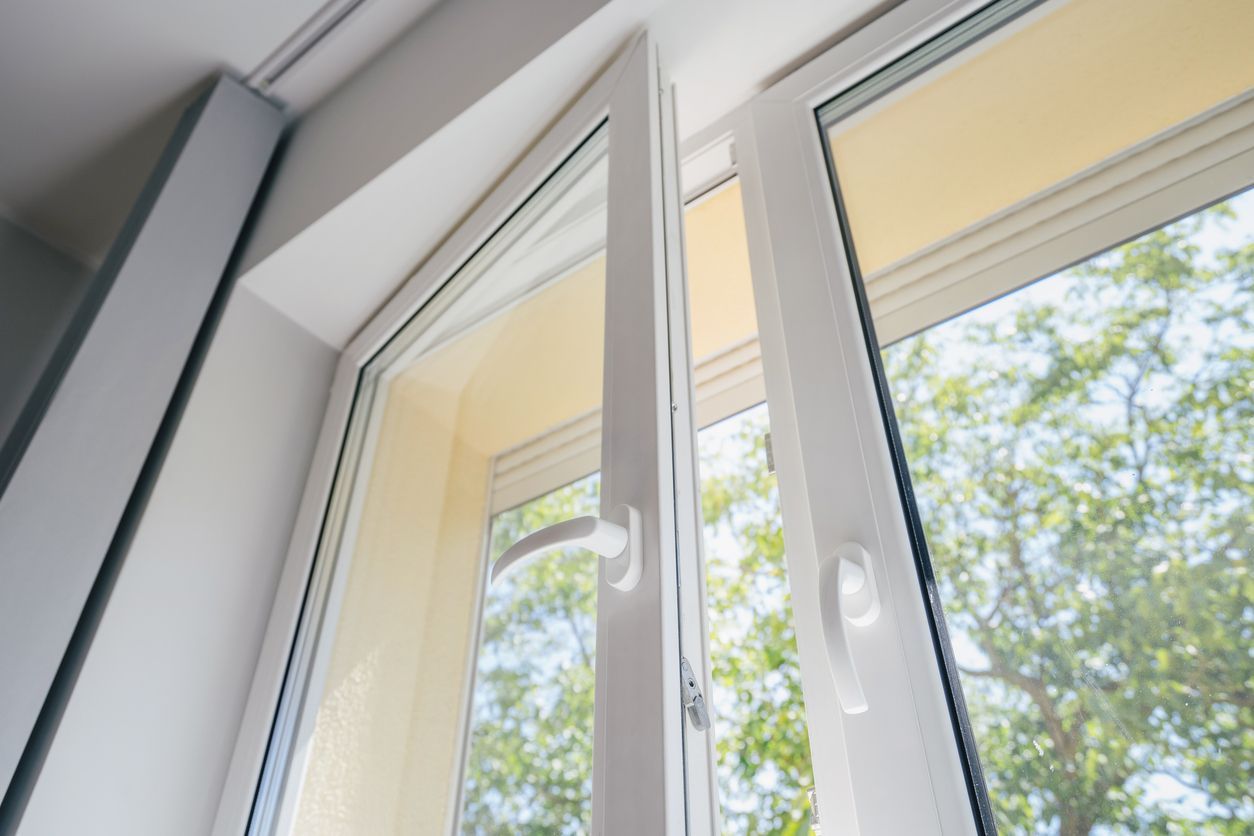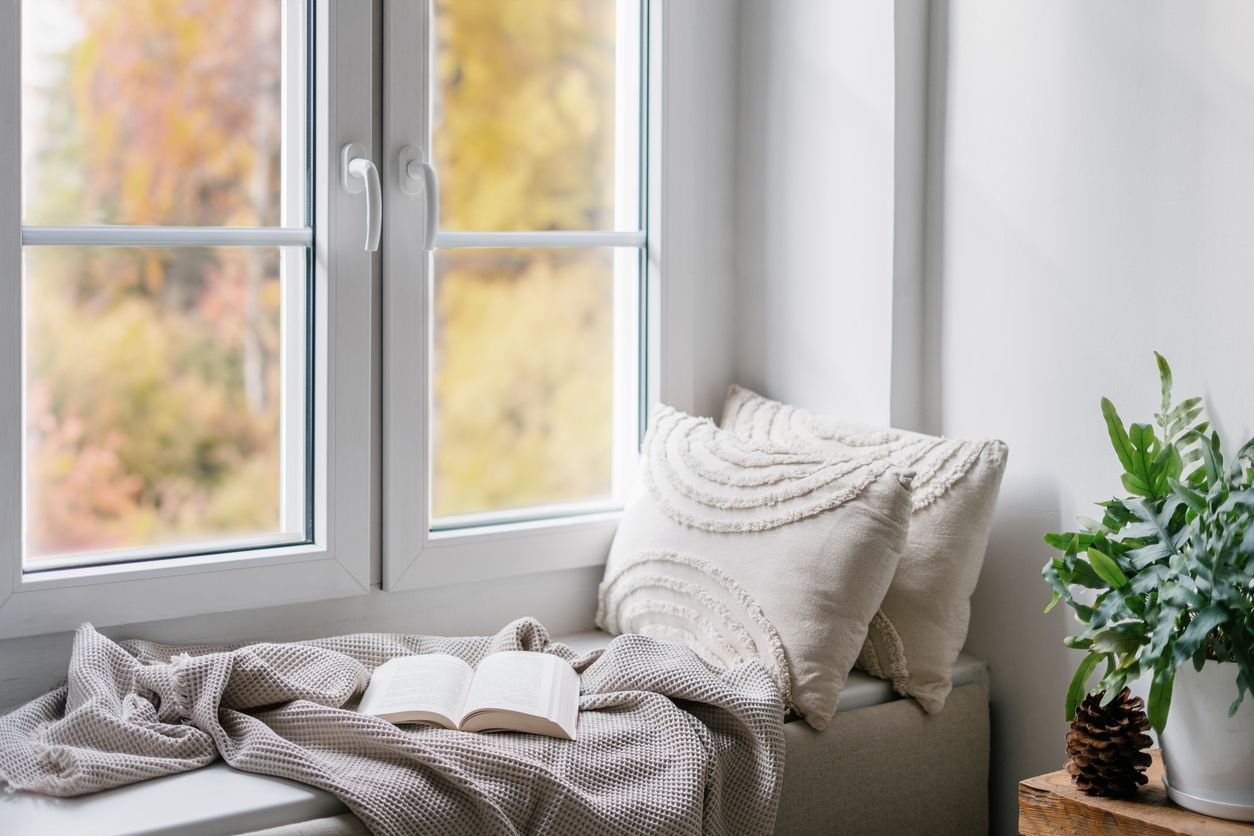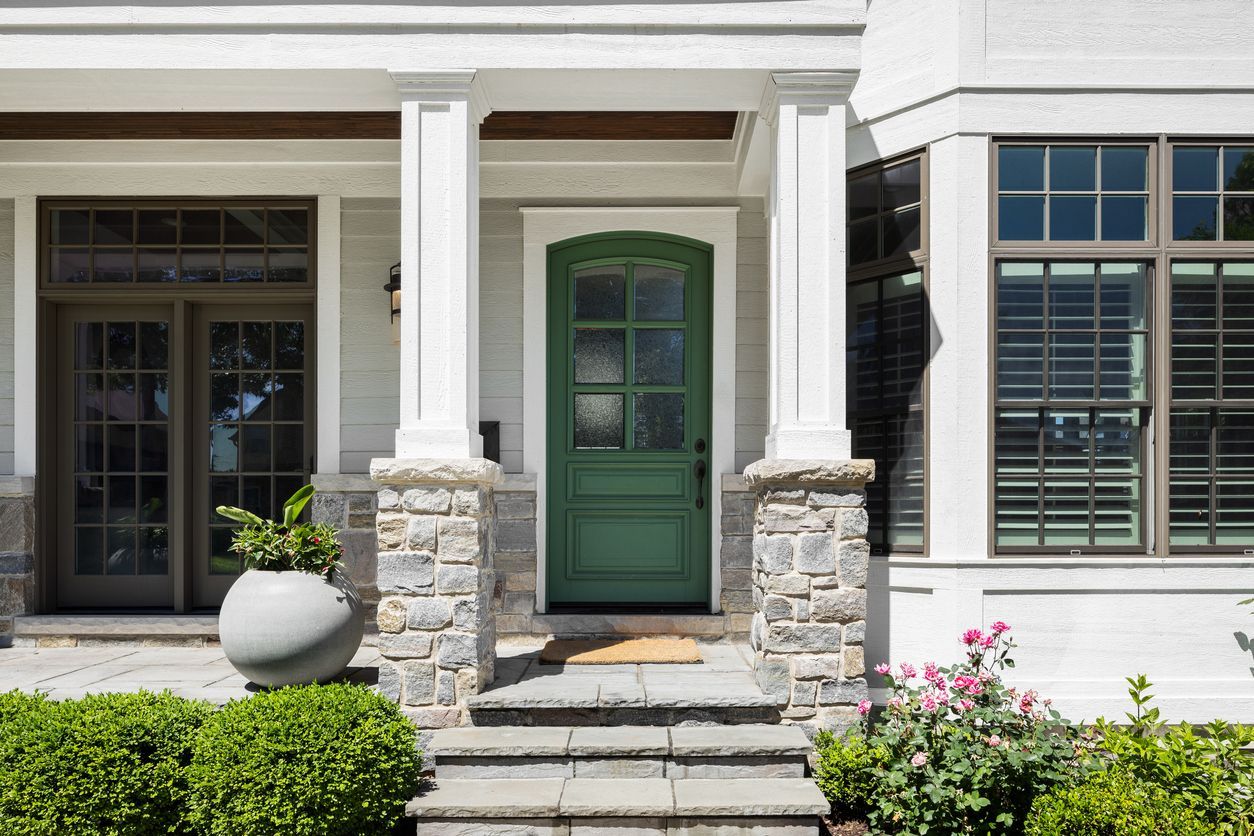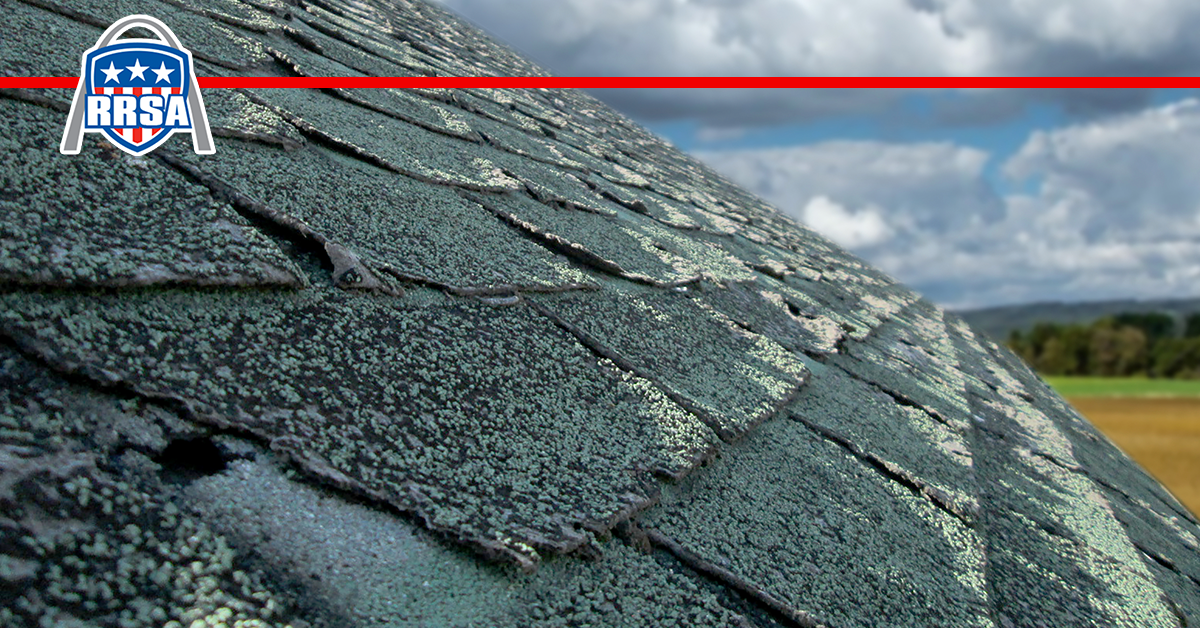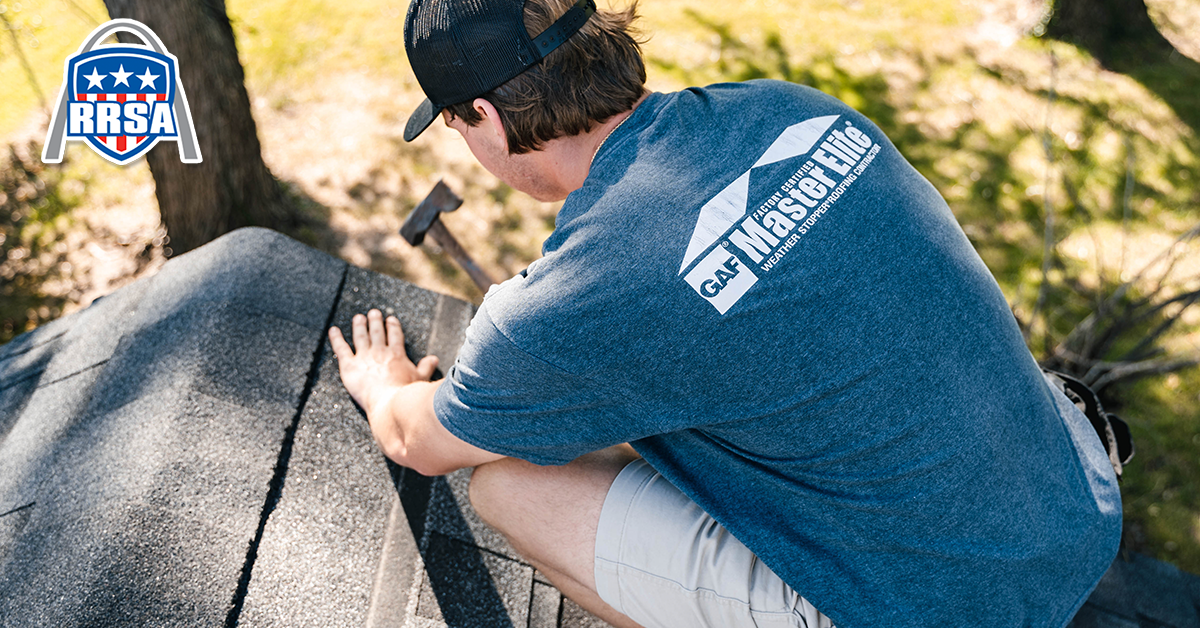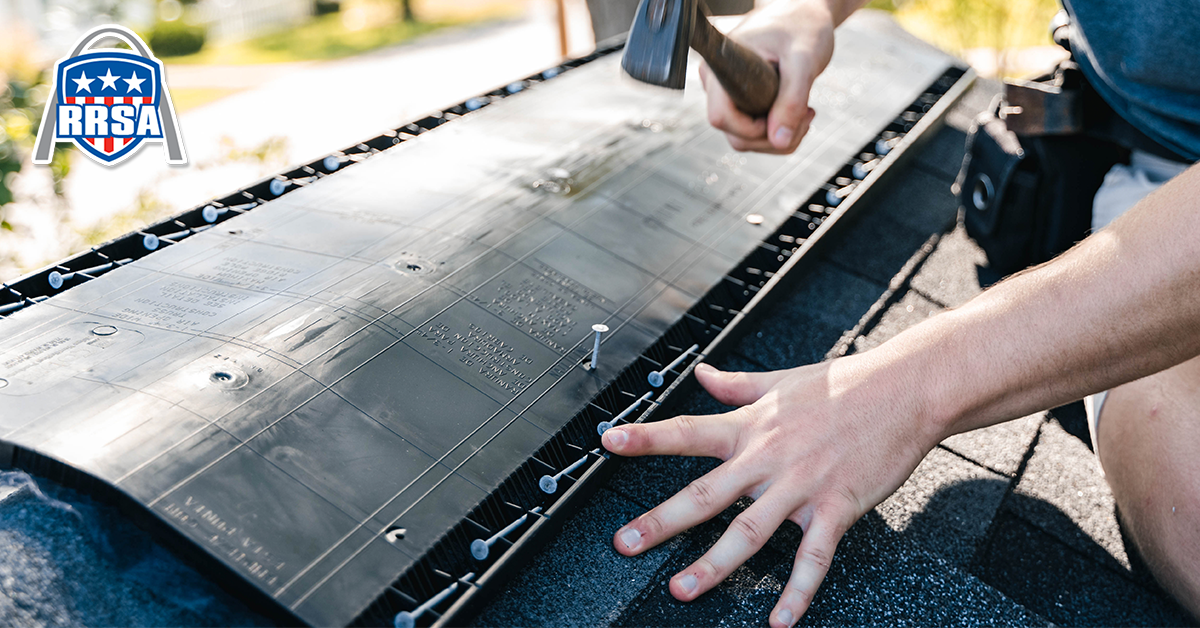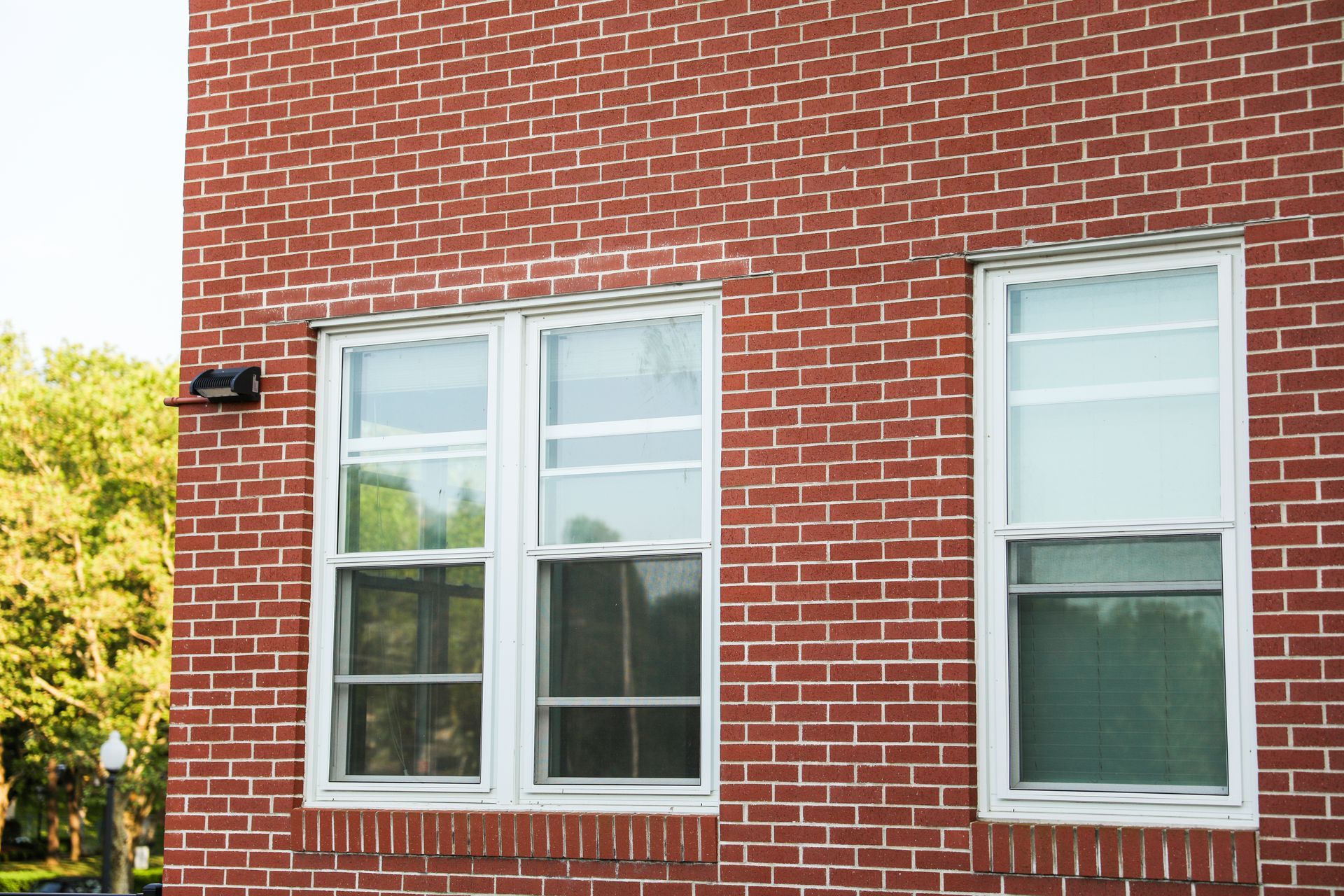3 Ways To Prep Your Roof For Fall
We hope your end-of-summer BBQ was legendary. We hope you enjoyed your pool parties and porch-sitting. But time marches on and autumn is here. Before the cold weather hits, there’s a few things we think you should know about your roof – and steps you can take to make sure it stays functional and damage-free through the harsh winter months. As you might know, it costs an average of $7,200 to replace a roof in Missouri. Unfortunately, homes don’t really come with how-to manuals to protect roofs and avoid repairs, but RRSA has you covered. Let’s take a look at three ways you can prep your roof for fall and winter.
Clean Out & Protect Your Gutters
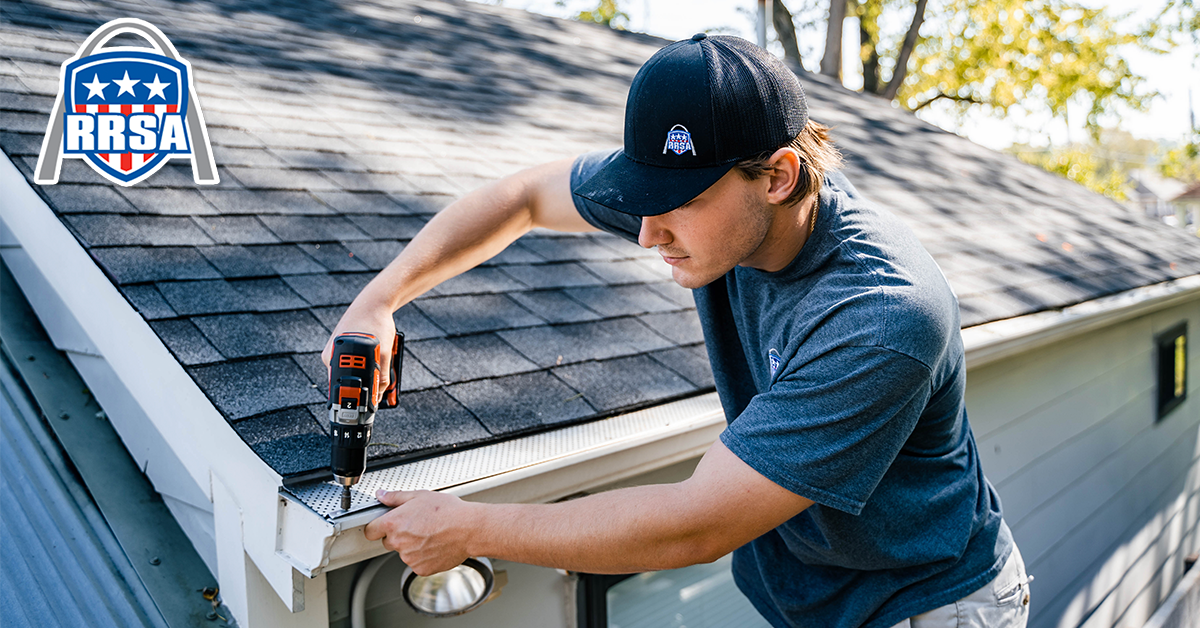
Clogged gutters are one of the main causes of damage to your foundation, which can cost you thousands of dollars to fix. The purpose of your gutters is to guide water away from your home; which means that when they don’t work, water has a high probability of making its way to your foundation – where you least want it to wind up. This means that as you approach autumn, it’s wise to make sure your gutters are thoroughly cleaned to prepare for seasonal rainfall and, eventually, snowfall. Another smart move is to invest in gutter guards to prevent material from building up in your gutters and leading to clogs at all. If you’re interested in gutter guards, get a free quote from RRSA today
Keep An Eye Out For Roof Damage
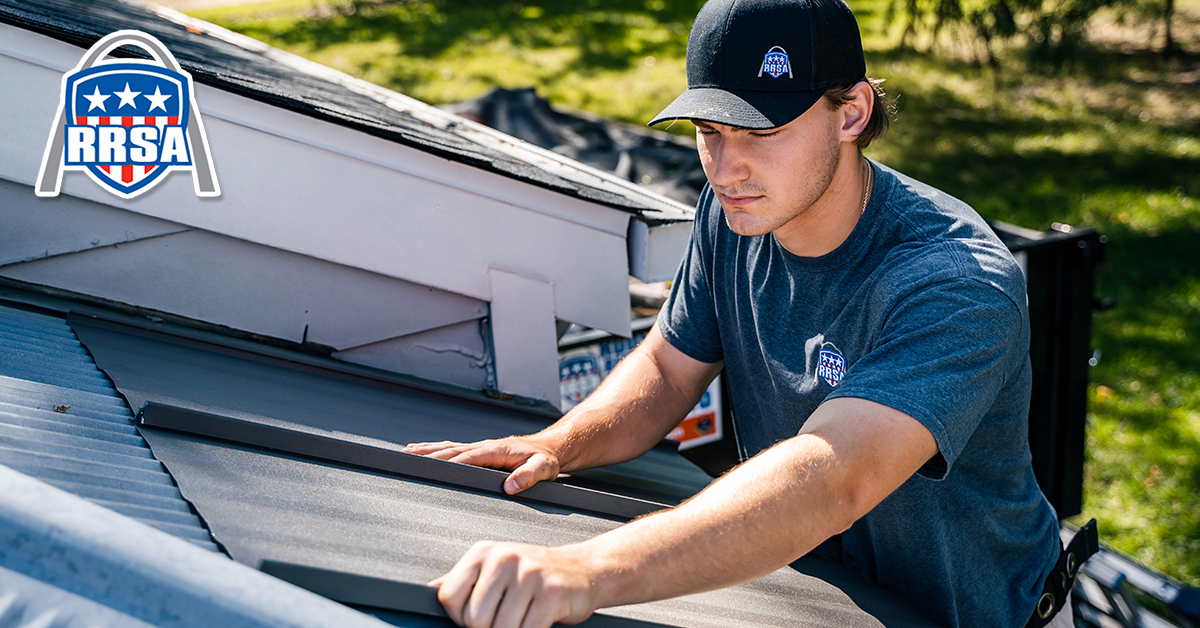
Damage to your roof can happen at any time throughout the year. And when small damages go unfixed, they can amount to expensive repairs – even the need for full replacements if the damage is extensive enough. Fortunately, fixing smaller problems is generally pretty affordable: somewhere in the $400-$1000 range. If you’re not sure about the condition of your roof and want to be safe? Contact a roofing expert like RRSA, which holds a GAF Master Elite certification – a level of expertise matched by only 2% of roofers in the U.S.
Consider Steps Like Roof Ventilation
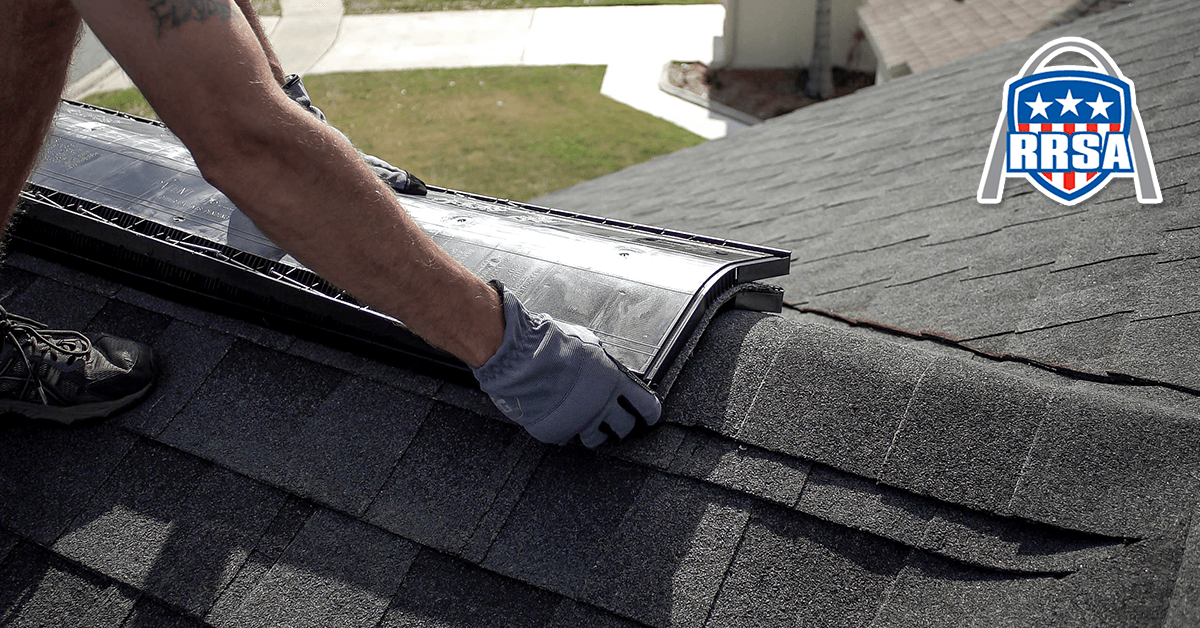
Poor roof ventilation leads to all sorts of problems. Deterioration of roofing materials, mold buildup, temperature issues, and (seasonally) ice dams. Concerning ice dams, the process goes like this: your attic gets hot (because you’re heating the house), your roof heats up, the snow on it melts, and the runoff refreezes down your gutters. When this cycle repeats itself time and again, you wind up with costly problems. If you’re detecting a trend here, that’s because there is one: it’s always cheaper to take preventative measures than it is to repair reactively. If you’re interested in roof ventilation, contact RRSA for a free quote.
